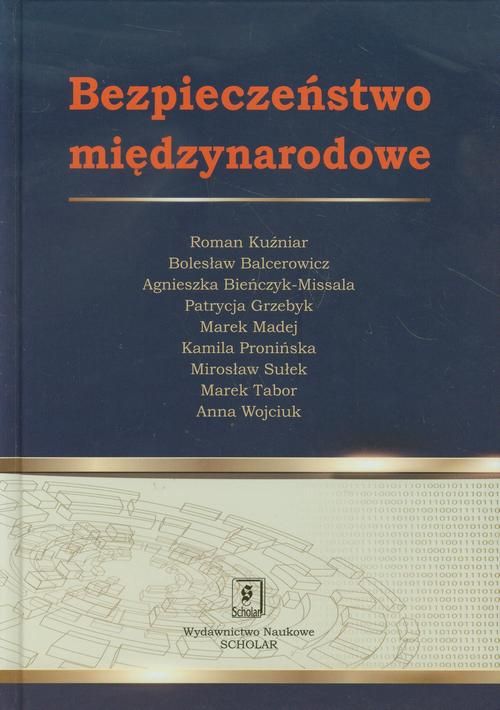

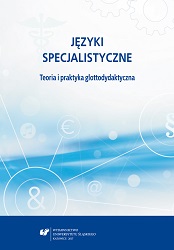
Keywords: general; special language; specialist language; LSP; communication
Suggesting a reflection on the relationship between a specialist language anda primary one (which is also called general, popular or natural), aiming at distinguishing between both similarities and differences, it may seem appropriate that the latter ones are more numerous. The specialist language is seen as a separate language, a specific one and, above all, causing difficulties to its learners. Even if the quoted associations seem to be justified and reasonable, we should not overlook the fact that the specialist language is isolated from the basic language, and therefore does not exist as an autonomous system, but as an integral part of the general language, while preserving its distinctness and characteristics. Therefore, by referring to the professional literature of the subject, this article will attempt to explain what connects and what divides these languages.
More...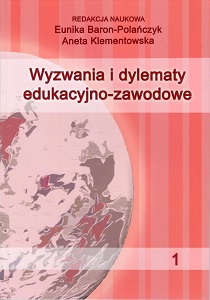
Keywords: good practices; media in educational process; e-learning courses; multimedia conferences; personal development; navigating the labour market;
From 01.08.2011 r. until 31.07.2013 r. CKUiP, together with seven European partners, implemented a partnership project of Grundtvig called INCLUSIVE – Involving New Communities of Learners Using Socially Inclusive – subsidized by Fundacja Rozwoju Systemu Edukacji (Foundation for the Development of the Education System). The partners in the project were educational institutions from Lithuania, Latvia, Great Britain, Hungary, Portugal, the Czech Republic and Germany. During the Project seven partner meetings took place, one in each of the institutions involved in the project. 16 students and 13 teachers of CKUiP went on partner meetings in the involved countries. The main objectives of the Project was to share good practice regarding the use of such media as, for example, Google, Facebook, Skype, Prezi or Moodle in educational process, creatining e-learning courses and using new technologies to organize multimedia conferences. The added value of the partner meetings was to learn about the culture and traditions of different countries and to establish international contacts. In addition to trips, students had the opportunity to participate in workshops and meetings in the field of personal development and navigating the labour market, led by a professional counselor in CKUiP in Zielona Gora. The Project met all expectations and brought a new, valuable experiences for its participants. It allowed to get some patterns from ideas already implemented by our partners in different regions of Europe and it let us compare our actions to the European standards. The Project was positively assessed by the National Agency and its effects entered permanently in the profile of CKUiP.
More...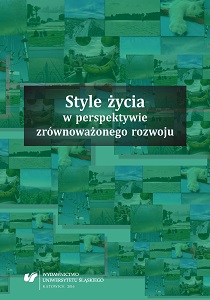
Keywords: economic crisis; consumption; presumption; poverty
The text deals with the phenomenon of prosumption in the context of theeconomic crisis. It presents the social determinants and consequences of this phenomenon.Pays special attention to the category of poor and monitors practices and consumerprosumption the poor.
More...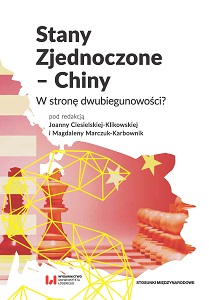
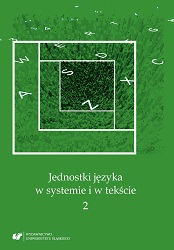
Keywords: evaluation; audiovisual text; animated motion pictures for children
This article concerns the issue of evaluation in announcements. The object of studies is animated motion picture for children. Based on two contemporary Russian animations, evaluative strategies that use the visual aspect to strengthen, complement, interpret, or invalidate evaluation and to convey the independent content are analyzed.
More...
Keywords: linguistic strategies; electronic media; trolling
The anonymity of Internet users very often leads to the violation of netiquette rules. One of the groups of Internet users who violate the commonly accepted ways of communicating on the Internet are trolls posting provocative commentaries to start conflict. The most frequent result of their attempts is flame, which is a serious Internet argument loaded with spite. Among linguistic strategies used by trolls are the following: posting commentaries with a lot of intentionally misspelled words, generalizability, use of negative stereotypes, off-topic commentaries (that is starting threads unrelated to the topic of the article or post), emphasizing their own high material status, and disparagement of other Internet users.
More...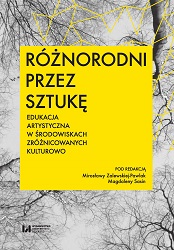
Keywords: dialogue; I and Thou; artwork; union; solitude; artist; human relationships; artwork as a subject
If we assumed treating the artwork as Thou, that closes with us in one, inseparable expression: I – Thou and not belonging to the world of objects – It, what might be peculiar as we do rarely perceive in that way even other human beings, then in the view of Martin Buber’s philosophy we establish a deep, mutual dialogue relationship between an artwork and a human. Meeting an artwork makes us live in the influence of Art that in unpredictable way teaches us about human virtues. The distance between a man and an artwork enables to reach humanity, but it is also extremely exhausting for us as dialogue participants. The dialogue that is exceptionally difficult and requires sacrifice is the one of an artist with Arts and it results in giving the society the highest cultural good – a work of art. It is preserved by various institutions of culture as the most precious achievement of an era and remarkable testament of the spiritual power of a community, but it is being created in opposition to this community as a result of the very individual perspective – the solitary act of creation. There is a question whether the artwork helps establishing a dialogue with another human being and in what ways it might lead to the world of experience of other people.
More...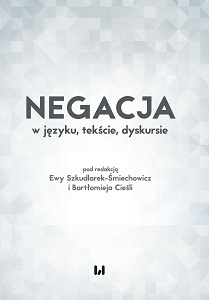
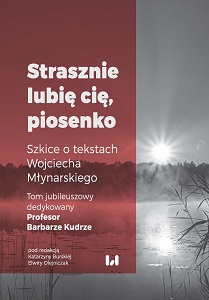
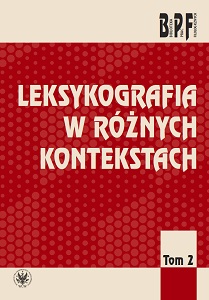
Keywords: slogan; persuasion; political discourse
The paper presents the idea for A Dictionary of Political Catchwords (1918–2018), being prepared by linguists from the University of Wrocław. A few issues are discussed: the scientific goals of the project, the need to define, a notion of political catchwords, and research methodology.
More...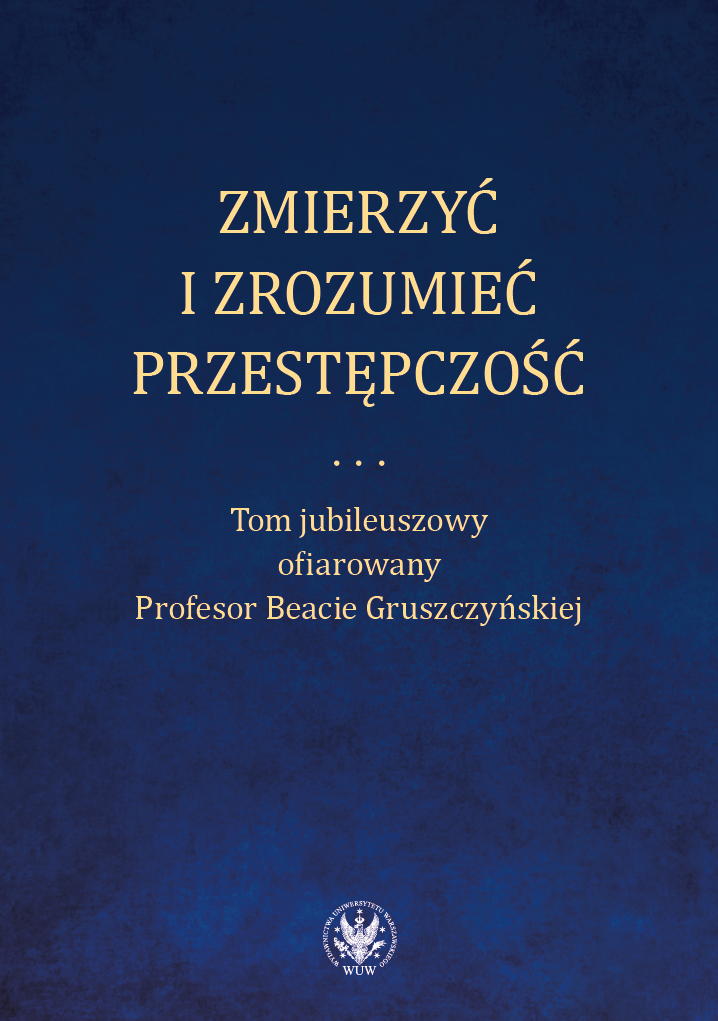
Keywords: criminology; crime statistics; crime; woman abuse; prison sentence; victim
A study on criminology prepared to celebrate the jubilee of Professor Beata Gruszczyńska. The authors perform a criminological analysis of crime statistics, explore crime against women and cybercrime, describe crime in contemporary Ukraine and Russia and reflect on prison sentences and capital punishment.
More...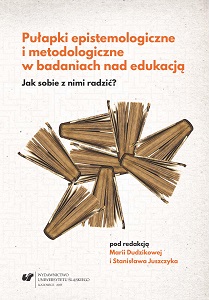
Keywords: theory; research; methodology of social sciences
The text engages the problem associated with the pitfalls which result from the lack of consideration of the significance of theory in the construction of research processes and in the interpretation of data. The text presents in a synthetic way the significance of theory in the research process and then it defines the main problems which result either from the lack of theoretical references or from the confusion of analytical categories and the concepts which are derived from various theoretical orders. The conclusion contains a number of reflections associated with the way to avoid the pitfalls that are indicated.
More...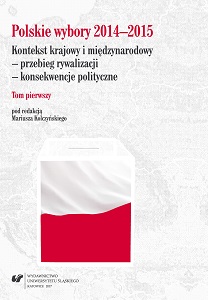
Keywords: political communication; election campaign; double elections;presidential and parliamentary elections;
The paper analyses the specific character of the 2015 election campaign, carried out in the context of two national elections held in the same calendar year. This paper analyses the case of ‘double elections’ in Poland in 2015, aiming to stress the necessity to take the temporal proximity of two different elections into consideration, to identify the main research planes that seem of utmost importance when analyzing this issue, and to try to assess the efficiency with which different electoral committees took advantage of the double elections.
More...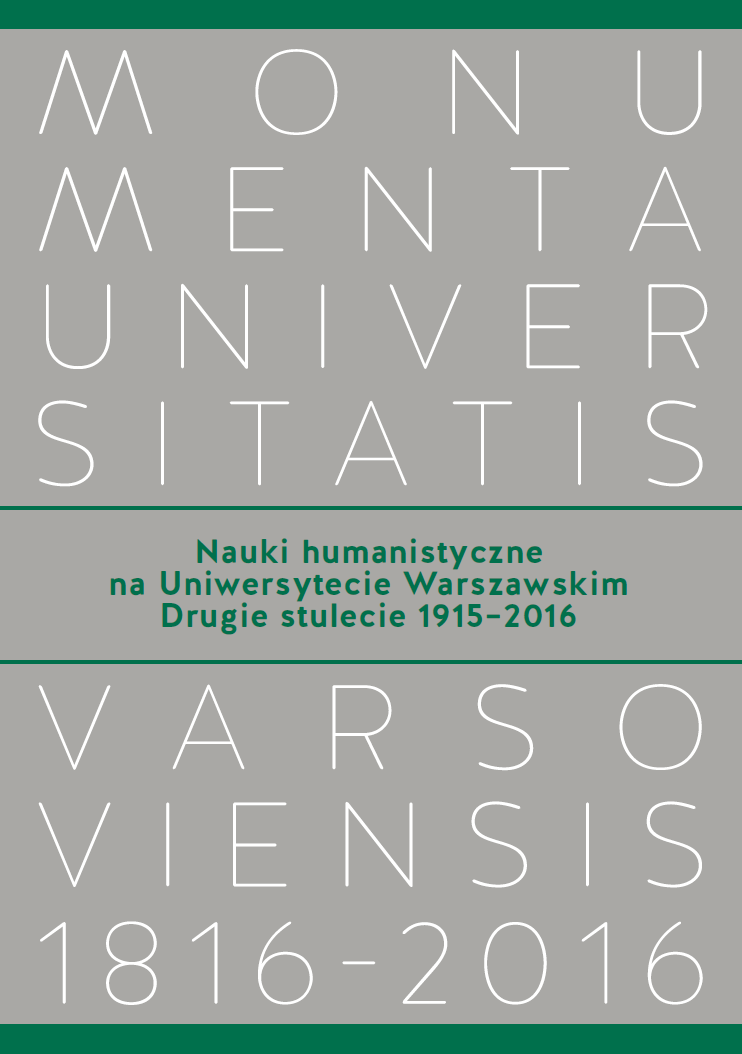
Keywords: Uniwersity of Warsaw; humanities at the University of Warsaw; history of science
History of the humanities at the University of Warsaw presented in 2 volumes covering first centenary (1816–1915) and second centenary (1915–2016). First volume contains history of humanities from the founding of the University through its different changes during the nineteenth century under the Russian rule till the restoration of the Polish University in 1915. Second volume presents the interwar period as well as the war times. Its second part consists of seven interviews with the illustrious representatives of humanities talking about postwar history of the University and its people.
More...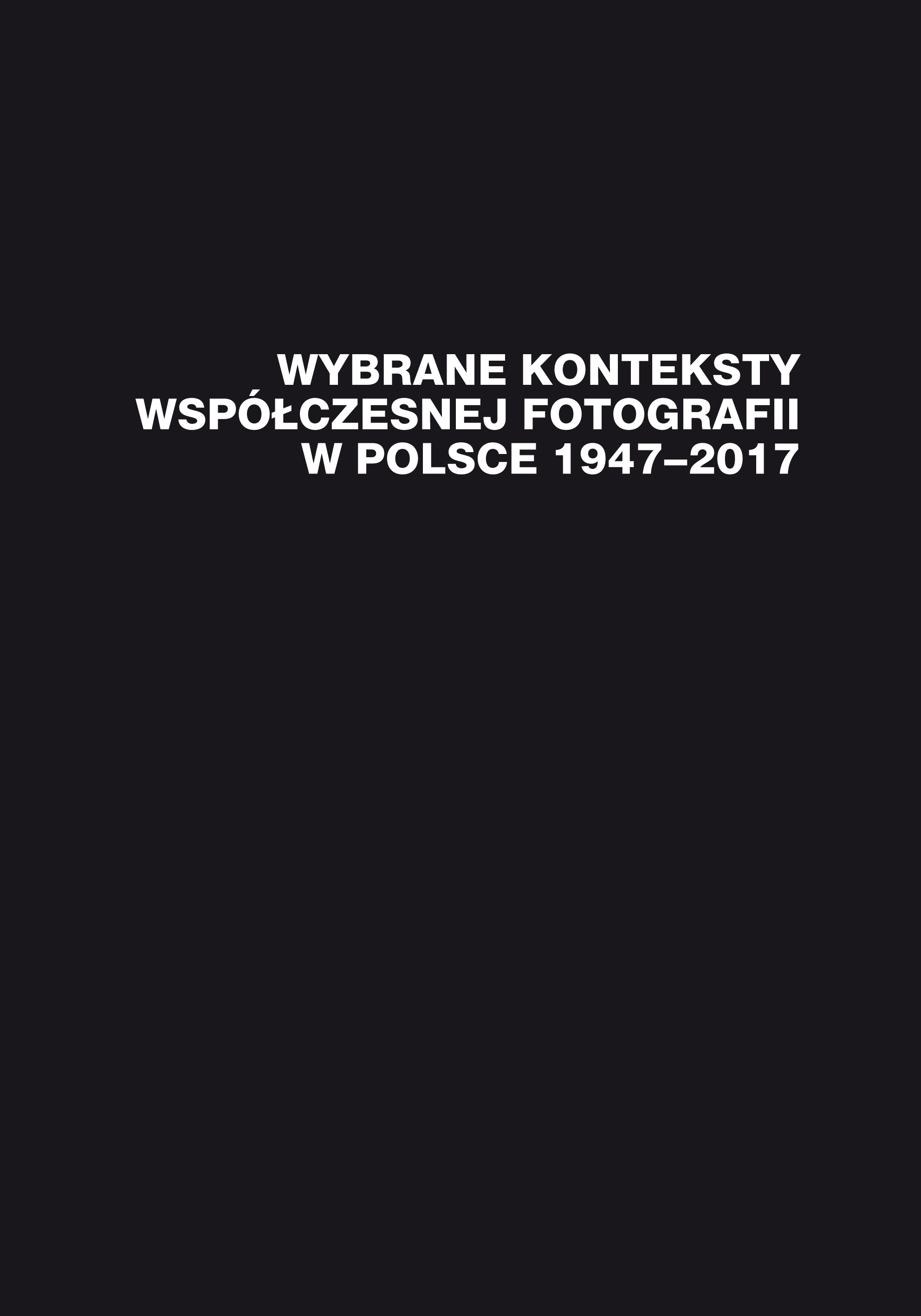
Keywords: Intermedialne zjawiska w fotografii i sztuce w Polsce w latach 1945–1988 intermedia; multimedia; medialism; neo-avant-garde;staged photography;
The presence of photography in intermedia tendencies in Polish art of 1945–1988 might be defined if we divide them into four phases – 1945–1948, 1956–1970, 1970–1980, 1980–1988 – which render the changes in Polish modern art in the second half of the 20th century. Each of these phases points to different tendencies in and fields of intermediality. The first one, 1945–1948, is tightly linked to the modern tendencies in the visual arts, especially painting. What is at stake is both the historical abandonment of the worn-out conventions in Polish photography (relying on pictorialism) and openness to the approaches to photography practised by some representatives of Polish modernity. The second phase, 1956–1970, encompasses the exploration of intermedia as stemming from the inclusion of photography in such new fields of artistic practice as environment, installation, or film. The result was, among other things, the reduction of isolation between the art photographers and the representatives of modern art. The third phase, 1970–1980, marks the peak of Polish neo-vanguard intermedia explorations, varying in form and content, yet sharing the inclusion of photography and conceptual method. Medialism, as this tendency is called, blurs the previous divisions. The last phase, 1980–1988, marks the change in intermedia practices and broadly understood cultural origins. Staged photography constructs its intermedia aspect not only by creating such a work of photographic art that relies conceptually and formally on an image-model which already exists in visual culture, but also – in some cases – by adopting the elements derived from other media, such as manual, pictorial, or painting interventions. The intermedia tendencies this article focuses upon were permanent and evolved in each of the periods. Their complexity and specificity developed along with the changing trends in modern art. By resorting to intermedia, Polish artists significantly challenged the isolation of Polish photographers from the modern artistic tendencies, and contributed to the openness of visual artists to photography and, consequently, other mechanical media.
More...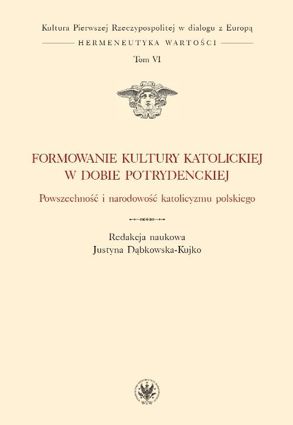
Keywords: Sarmatian piety; counter-reformation in Poland; post-Tridentine religiosity
Volume VI of the series shows not only the peculiarity of the religious culture of the First Republic, the character and specificity of the "Sarmatian" piety, but also reveals the main paths of development of this culture in connection with the thought developed in parallel by Catholic thinkers and writers in Western Europe. The research focused on the issues of opening up Polish post-Tridentine culture to the dynamics of the development of religious thought in other European countries, the ability to conduct dialogue with a foreign culture, and the possibility of adaptation, assimilation and transformation of foreign theories or ideas for the needs of indigenously Polish culture. The authors of individual dissertations try to answer the questions, on the one hand, about the scope and degree of involvement of Poles in the process of renewal of Catholicism in Europe, about their participation in European discussion forums, about the knowledge of Sarmatian writings and the impact of these writings in countries where it was particularly clearly shaped the model of the post-Tridentine renewal of the Church and Catholic religious culture, on the other hand - about the ways of fresh counter-reformation ideas entering the Republic of Poland, the absorption, demand and methods of introducing conciliar decisions into the practice of religious life and the writings of the post-Tridentine times. The 12-volume series of the monograph "Kultura Pierwszej Rzeczypospolitej w dialogu z Europą. Hermeneutyka wartości" presents the cultural heritage of the 15th and 18th centuries as an integral but original part of European culture. The research goal is to identify the ways and forms of the mutual transmission of aesthetic, political and religious values and to present in a broad, multilateral comparative context the axiological structure of the Polish culture of old times. Cultural texts are examined from an internal perspective as records of acts aimed at understanding values, and from an external perspective as statements that join European literary-aesthetic, political and religious discussions. In an intense dialogue, the culture of the Republic of Poland shows not only a receptivity to new ideas, but also creativity and dynamics of action in Europe.
More...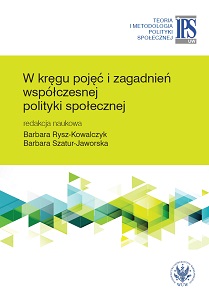
Keywords: public policy; gradual model; social policy; administration public; administrative policy; public management; public governance; co-governance; co-management
Publication devoted to the latest issues of social policy, divided into 5 thematic blocks: scope of discipline, goals of contemporary social policy, means and methods of implementing the assumptions of the field, features of the personal potential of society and social relations, approaches and research tools used in the science of social policy. The authors attempt to clarify scientific terminology in the field of social policy by discussing various categories of terms: new concepts in the language of social policy science, adopted from other scientific disciplines or from foreign languages; concepts that have long been present in the language of social policy science, but are still ambiguous and do not have a fixed and universally accepted definition; concepts that are taking on meaning today are becoming important in the context of the current political, social and economic situation.
More...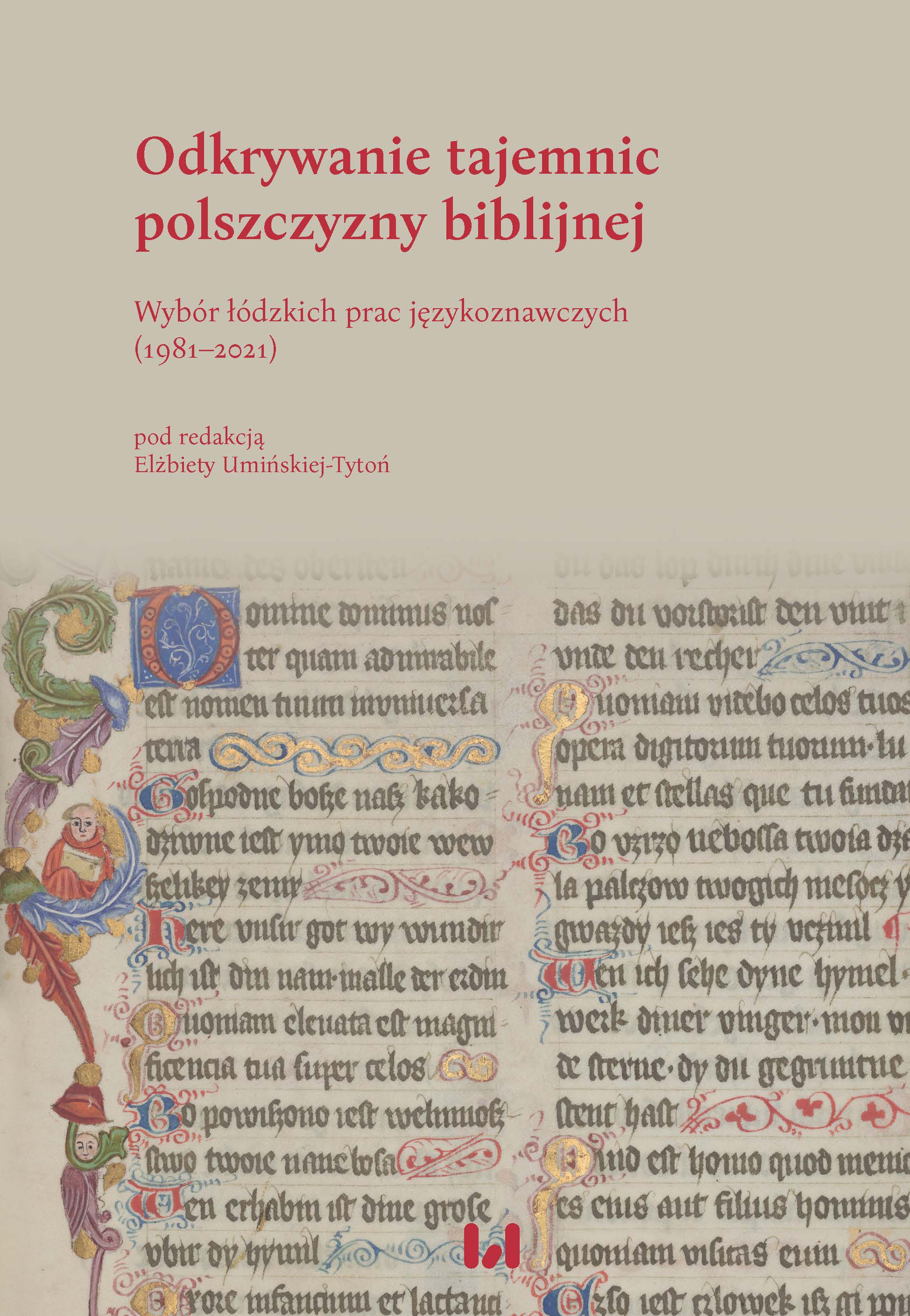
Keywords: New Testament; translation; anthroponym; definite description; onimization
The article is devoted to New Testament personal names which, on the basis of Polish translations, have an ambiguous onimic status. The analysis covered anthroponymic nominations and descriptions defined in terms of the degree of saturation with their propriality: from the closest appeals, e.g. Son of God (which, thanks to individual reference, may approach the category of proper names), through names of offices and dignities indicating specific persons, e.g. Rabbi, nicknames, e.g. Christ, Minor on specific descriptions, e.g. Jesus of Nazareth and patronymics, e.g. Joseph son of David. It has been shown that the saturation of the text with terms of this type, derived from the original, is not only about the biblical specificity of the translation, but can also enrich the stylistic layer of the translation.
More...
Keywords: toponymy; translation; New Testament; stylistics; translocation; adaptation
The aim of the article is to describe the relationship between the linguistic shape of geographical names and the stylistic plane of old and contemporary Polish translations of the New Testament. The most typical procedures modifying the toponymic layer of both the Greek original and the Latin Vulgate include: removing or leaving obsolete nomenclature structures, e.g. Mountain, called Olive // Mountain of Olives, avoiding various variants of the same name in favor of one form, e.g. Achaea, Greece> Greece, striving for nomenclature precision, e.g. Antioch> Syrian Antioch, removing or adding appeals that indicate the type of a named object, e.g. Nazareth // city of Nazareth, translation, e.g. the Decapolis> Dziesięciogród, or translocation of names, e.g. Abilene. The result of these techniques are sometimes contradictory tendencies to: modernizing the forms to achieve greater communicativeness of the text, respect for the translation tradition, care for the local color of the events described in the New Testament. As a result of the observations made, it turned out that the solutions used by translators in relation to geographical names can shape the style of the text.
More...